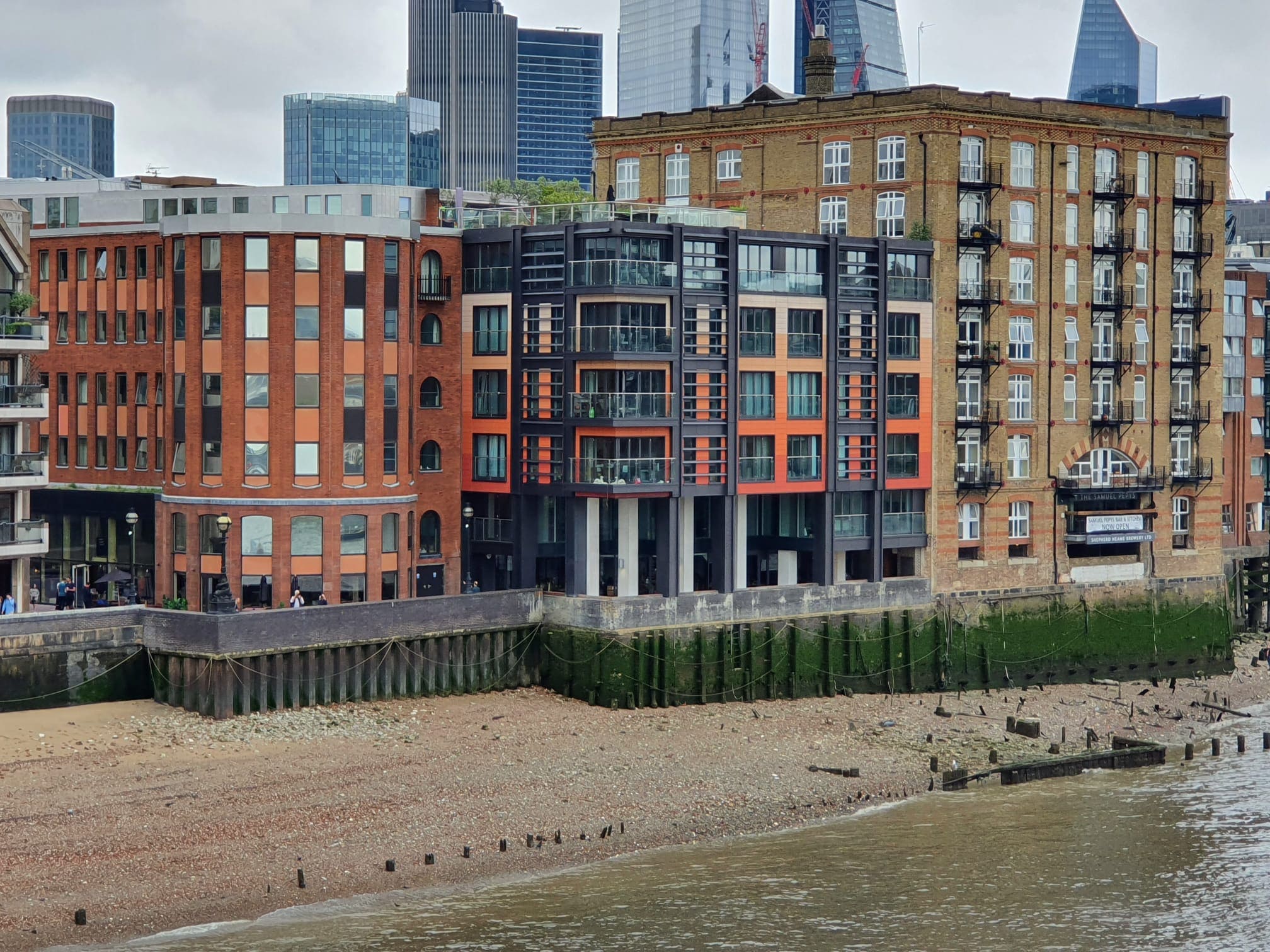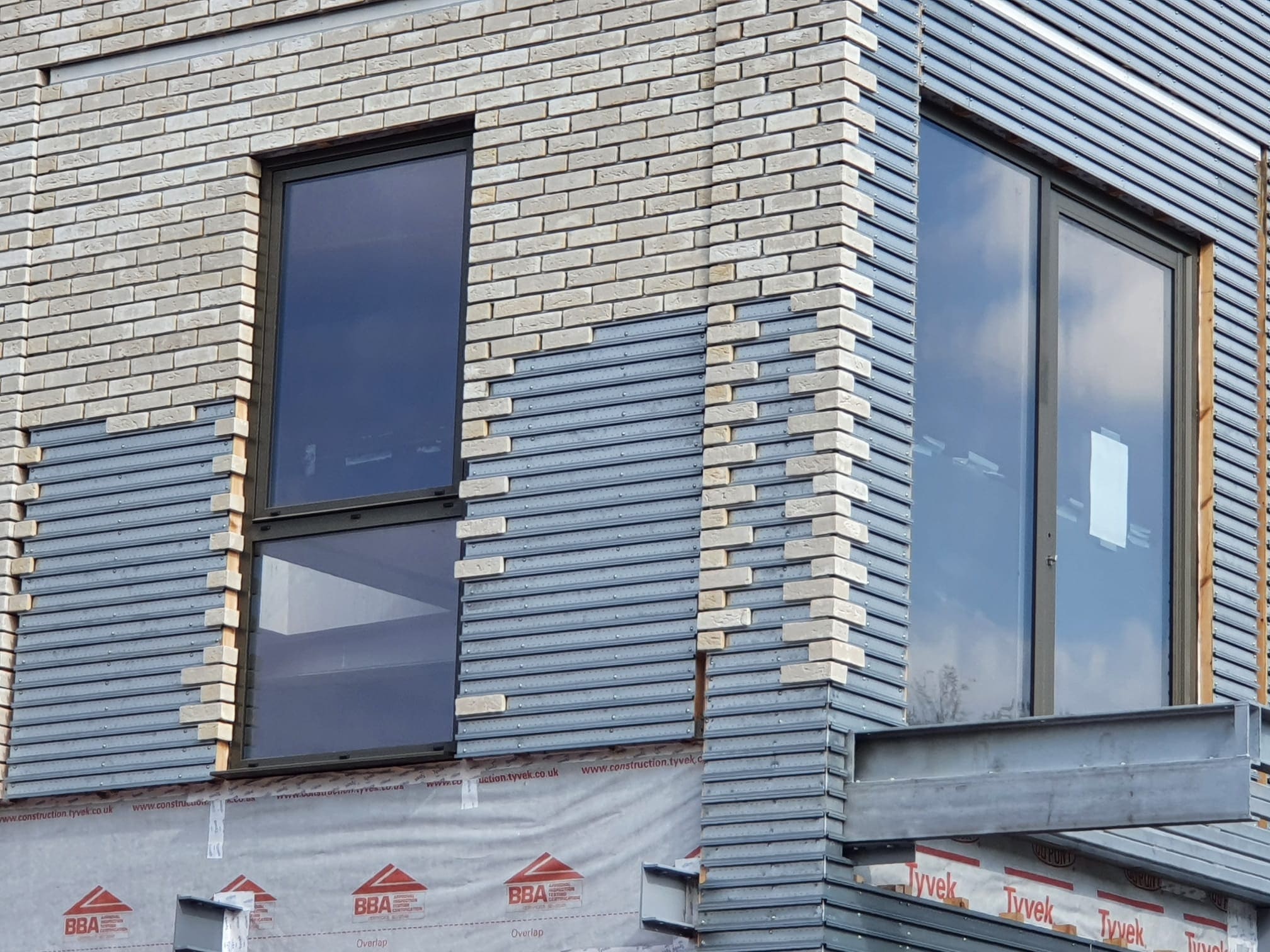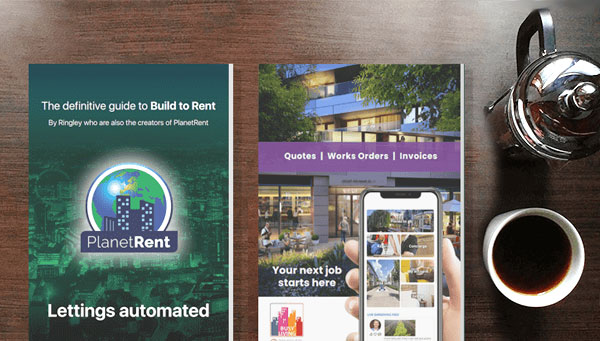16/07/2018
by: Mary-Anne Bowring

Why Take Control of Your Property?
The New Year is a great time to reassess finances and take control of important aspects of life, including property management. While many understand how to find a new job or improve their social life, few know how to claim the right to manage their property. Thanks to legislation like the 1985 and 1987 Landlord and Tenant Acts and the Commonhold & Leasehold Reform Act 2002, leaseholders have more power than ever to challenge freeholders and take charge of property management.
Understanding the Right to Manage (RTM)
The biggest advantage of Right to Manage (RTM) is that you no longer need to prove that the freeholder is at fault. All you need is at least 50% of qualifying leaseholders to participate. Unlike challenging a freeholder directly, this is a simpler and more effective way to regain control.
The Process of Claiming Right to Manage
To start the RTM process:
- Identify interested leaseholders (you don’t need to live in your flat to qualify).
- Ensure two-thirds of the flats are on long leases and at least 50% of the leaseholders agree.
- Set up a Right to Manage Company (RTM Company), which is a legal requirement under the 2002 Act.
- Use a specialist company formation agent to ensure compliance (costs range from £160 to £300).
Setting Up and Running an RTM Company
Like any company, an RTM Company requires:
- Directors and a Company Secretary (this role can be outsourced for ease).
- Membership certificates issued to participants.
- A formal invitation sent to the Freeholder to join the RTM Company (they have 14 days to respond).
- Legal assistance to ensure the notice served to the Freeholder is valid.
The Freeholder has two options:
- Freeholder’s Response and Potential ChallengesAccept the RTM Claim – Management transfers after four months.
- Reject the RTM Claim – The Freeholder must provide valid legal reasons, such as:
- Less than two-thirds of flats being on long leases.
- Participation notices not served correctly.
- The building not being self-contained.
- More than 25% of the building being non-residential.
If no valid objections exist, the management officially transfers after four months from the Section 79 Notice date.
While RTM does not grant ownership of the freehold, it provides key benefits, including:
- Benefits of Right to ManageA membership in the RTM Company.
- Voting rights on block management decisions.
- Potential cost savings by appointing a new managing agent.
- Control over service charges and maintenance.
Lastly, ensure that the notice is signed by the legal owner of the flat, and remember that an information notice can be served to the freeholder or managing agent for clarification. Stay tuned for the next discussion on how to claim RTM under a tri-party lease (Freeholder, Management Company, and Leaseholder).
- Benefits of Right to ManageA membership in the RTM Company.
- Voting rights on block management decisions.
- Potential cost savings by appointing a new managing agent.
- Control over service charges and maintenance.
Lastly, ensure that the notice is signed by the legal owner of the flat, and remember that an information notice can be served to the freeholder or managing agent for clarification. Stay tuned for the next discussion on how to claim RTM under a tri-party lease (Freeholder, Management Company, and Leaseholder).
 3289
3289Lease Extension, FH and Right to Manage












Keep up to date
(Weekly, fortnightly or monthly)
To find out more what we do with your data, please read our Privacy Policy

 1
1













